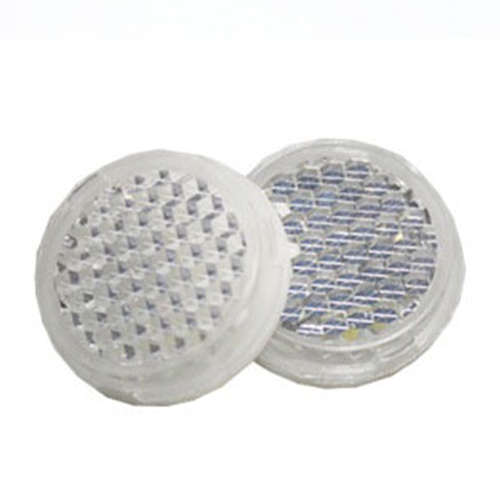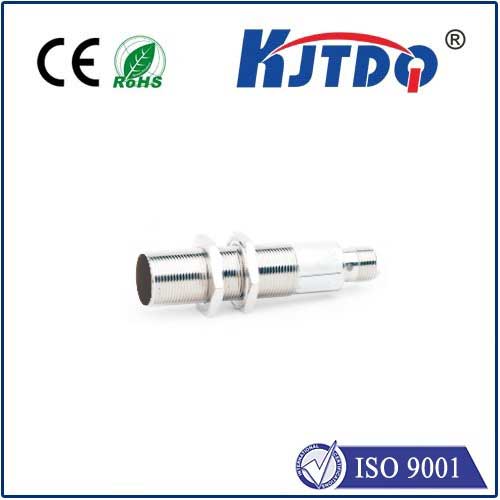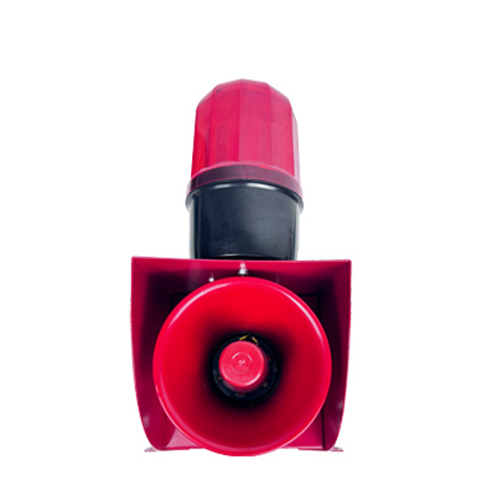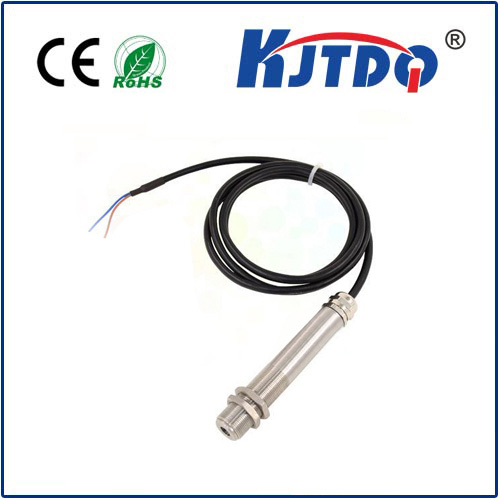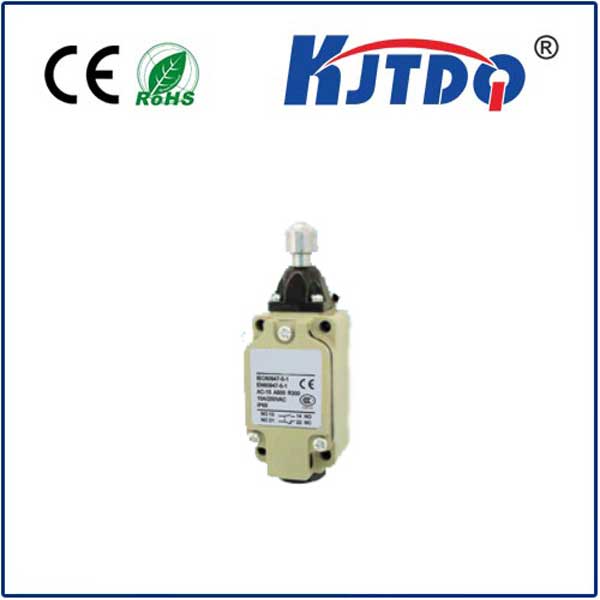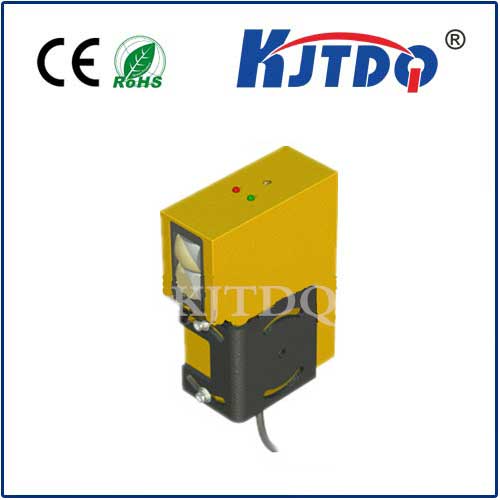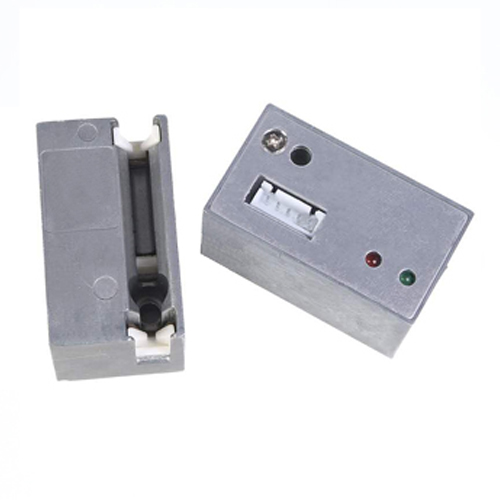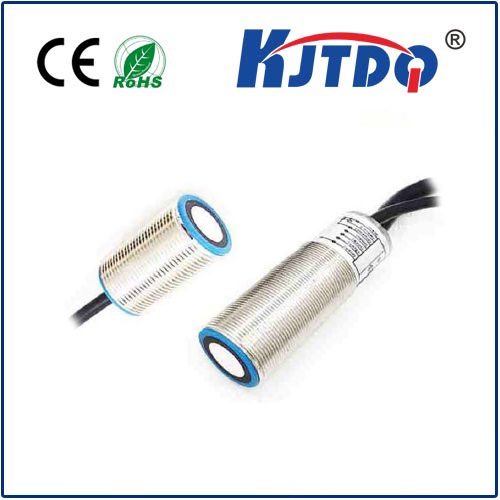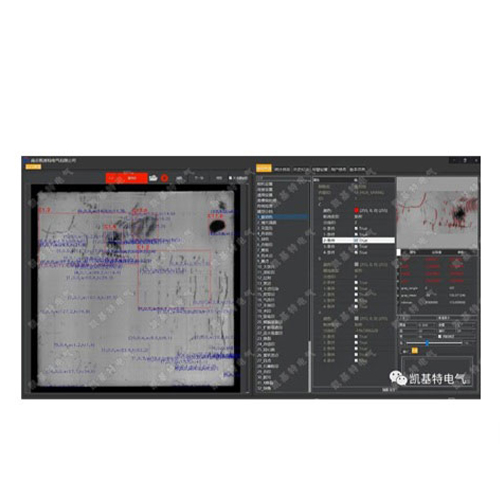pe beam sensor
- time:2025-07-26 02:12:42
- Click:0
Unlocking Precision: The Power and Applications of PE Beam Sensors
How do factories seamlessly detect products zipping down conveyors at blinding speeds? How do garage doors instantly reverse direction before hitting an obstacle? The silent guardian ensuring this reliability, often unseen but critically important, is the PE beam sensor – also known as the photoelectric beam sensor. This ingenious technology leverages the power of light to offer non-contact, high-speed object detection, forming an invisible backbone for countless applications demanding precision and reliability across industries.
At its core, a PE beam sensor operates on a beautifully simple physical principle: light transmission and interruption. It consists of two distinct components working in perfect harmony:
- The Emitter: This unit projects a highly focused beam of light, typically infrared (IR) for immunity to ambient light interference, though visible red light is also common. Advanced emitters utilize pulsed or modulated light signals for enhanced noise rejection.
- The Receiver: Positioned opposite the emitter (in through-beam types) or alongside it within the same housing (in retro-reflective types), the receiver is constantly “listening” for the emitter’s specific light signal. Its photodetector is tuned to recognize the exact wavelength and modulation pattern.
Detection occurs effortlessly and instantaneously the moment an object breaks the beam. The receiver, no longer receiving its expected light signal, triggers an immediate electrical output switch. This transition – from “light received” (beam intact) to “light blocked” (beam broken) – provides the fundamental presence or absence detection that makes this technology so versatile. The speed of light itself ensures near-instantaneous response times, fundamental for high-speed automation.

Primary Configurations: Choosing the Right Beam
PE beam sensors offer flexibility through different operational setups, each suited to specific environmental and application challenges:
- Through-Beam Sensors (Emitter/Receiver Pair): The gold standard for long-range detection and reliability. The separate emitter projects the beam to a dedicated receiver positioned directly opposite. This design provides the longest possible sensing ranges (easily reaching tens of meters) and boasts excellent immunity to background interference and target surface characteristics (color, reflectivity, material). Object detection is highly reliable as it only relies on beam interruption.
- Retroreflective Sensors (Single Unit with Reflector): Combining emitter and receiver in one housing, this type relies on a specialized retro-reflector placed opposite. The emitter’s beam bounces off the reflector and returns to the receiver within the same unit. Breaking the beam to the reflector causes detection. This offers simpler installation (only one sensor unit to wire and mount, plus the reflector) than through-beam and is effective for medium ranges. Performance can be affected by dust or dirt on the reflector and the reflectivity of the target object itself in some cases.
- Diffuse Reflective Sensors (Single Unit): While technically a proximity mode of photoelectric sensing, it operates on a “beam bounce” principle. The single unit emits light and looks for the reflection bouncing back directly off the target object. Distance to the target is critical, and detection reliability can be highly sensitive to the target’s color, surface texture, and reflectivity, making it less consistent for critical beam-break applications compared to through-beam or retro-reflective types.
Why PE Beam Sensors Dominate Object Detection
The enduring popularity and widespread adoption of photoelectric beam sensors stem from compelling advantages over other sensing methods:
- Non-Contact Sensing: Physical contact with the target object is completely unnecessary. This eliminates wear and tear on both the sensor and the target, significantly extending operational life and preventing damage, especially to fragile items.
- Exceptional Speed & Responsiveness: Leveraging the speed of light, PE beam sensors offer incredibly fast response times, measured in milliseconds or even microseconds. This makes them indispensable for high-speed production lines, packaging machinery, and automated sorting systems.
- Long Sensing Ranges: Particularly with through-beam configurations, detection over distances of 20 meters or more is readily achievable. This capability is crucial for large machinery guarding, warehouse vehicle detection, or monitoring wide conveyor entry/exit points.
- Versatility in Target Detection: These sensors readily detect virtually any solid object capable of interrupting the light beam – metal, plastic, wood, glass, cardboard, liquid levels in containers, and even transparent films or bottles under the right conditions. Material properties like magnetism or conductivity are irrelevant.
- Robust Performance: Modern PE sensors are designed for harsh industrial environments. They feature rugged housings (often IP67/IP69K rated), resist vibration and shock, and are generally unfazed by dust, dirt, moisture (within ratings), and electrical noise when properly selected and installed.
PE Beam Sensors in Action: Real-World Applications
The unique characteristics of photoelectric beam sensors make them ubiquitous:
- Industrial Automation: Counting products on conveyors, detecting jams, verifying part presence/absence in assembly stations, controlling robot work cell access, monitoring stack heights, and triggering processes on packaging lines.
- Material Handling & Logistics: Detecting vehicles at warehouse dock doors or automated guided vehicle (AGV) paths, monitoring package presence on sorting conveyors, controlling pallet stops, and signaling container filling levels.
- Security & Access Control: Forming the invisible perimeter beams for intrusion detection systems, safeguarding hazardous machine areas (light curtains/safety beams), monitoring entry/exit points, and detecting unauthorized access to restricted zones.
- Transportation: Vehicle detection at toll booths, traffic counting loops, and triggering traffic signals. Automatic door safety beams (garage doors, elevator doors, bus doors) are perhaps the most recognized application.
- Packaging: Detecting labels, verifying cap presence on bottles, controlling fill levels in containers, and confirming case sealing.
Selecting the Right PE Beam Sensor: Key Considerations
Choosing the optimal sensor requires evaluating your specific environment and task:
- Detection Range: What distance must the beam cover? Through-beam excels for long ranges.
- Target Characteristics: What are you detecting? Size, color, surface finish? Through-beam is least affected.
- Environment: Dust, dirt, moisture, temperature extremes, vibration, ambient light levels? IP rating, housing material, and sensor type choice are critical.
- Required Output Signal: Simple presence/absence (discrete NPN/PNP), or analog position information? Discrete is most common for beam-break.
- Mounting Constraints: Space limitations for emitter/receiver or reflector positioning? Retro-reflective or diffuse may be easier.
Understanding the fundamental principle of light beam interruption, the practical configurations available, and the significant inherent advantages empowers engineers and technicians to effectively implement PE beam sensors. Their proven reliability, speed, and versatility in enabling non-contact detection solidify their position as a cornerstone technology within modern automation, security, and countless other critical systems where invisible precision is paramount.












